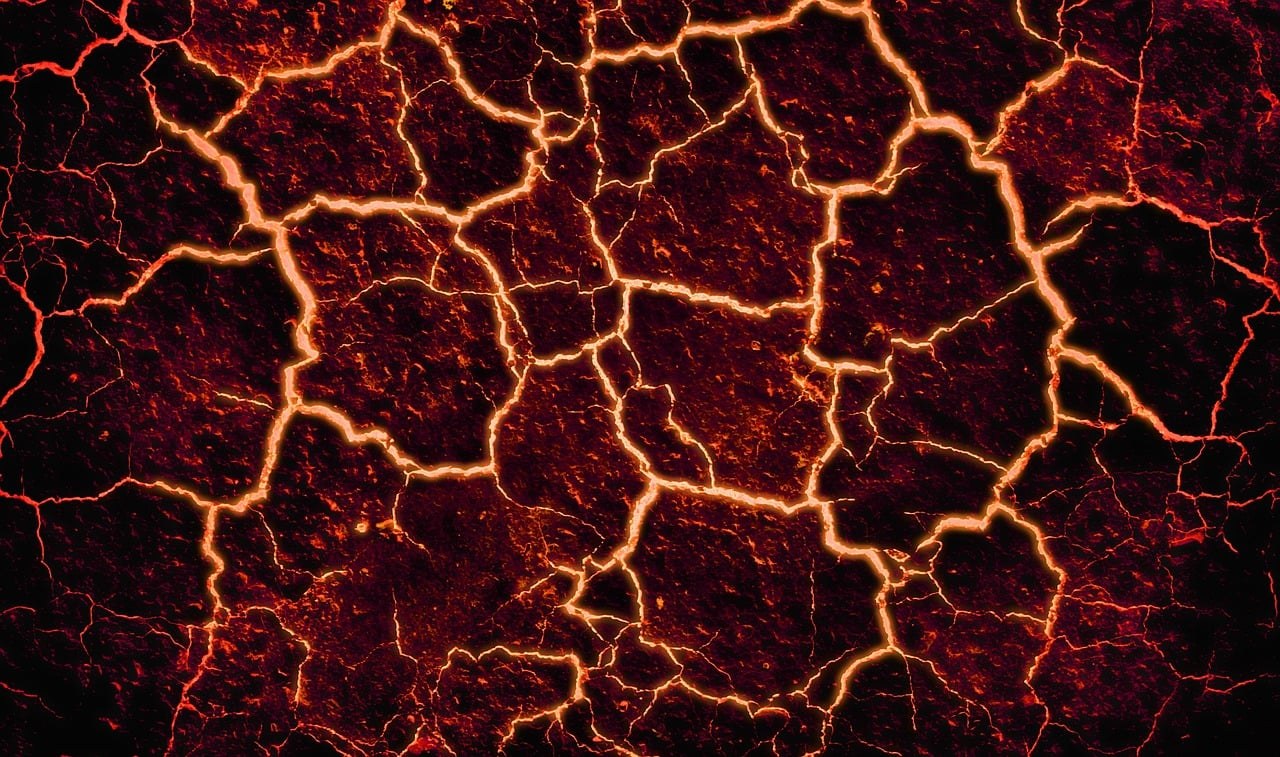Love rarely arrives wearing the same outfit twice – it surprises, confounds, comforts, and sometimes bruises us, yet we keep opening the door. Across a lifetime, the types of love you meet can feel wildly different from one another, even when the same two people are involved. That’s because feelings evolve, expectations shift, and life keeps throwing new seasons at our hearts. This guide gathers everyday experiences into clear categories so you can recognize them as they show up, remember them when they pass, and honor them for what they teach. As you read, notice how several types of love can overlap in the same relationship, and how a single bond can move from one form to another without losing its soul.
Why Love Shows Up in So Many Ways
Human emotion is more like a color wheel than a light switch – subtle blends and shades create the variety we call love. What you feel at fifteen is not identical to what you feel at thirty-five, even if the spark looks similar from afar. Upbringing, culture, and personal history shape the types of love you are ready to give and willing to receive. One community may prize lifelong partnership above all; another may celebrate chosen family or friendship as the highest bond. None of these perspectives are wrong. They simply highlight different types of love that exist side by side, each valid in its own context.
There is also timing. Some bonds ignite instantly; others warm slowly. Passion may roar at the beginning and settle into a steady ember; a quiet companionship can bloom into a devotion that feels larger than either partner imagined. Understanding these currents helps you recognize which of the types of love you are in right now – and whether it is thriving, changing, or asking for care.

Real-World Experiences You’re Likely to Recognize
Below are nineteen lived experiences that many people encounter. You might meet a few early, others later, and some more than once. Think of them as a map – not a rulebook – to the types of love that color a life.
-
Platonic Affection – the easy closeness of friendship. Often called philia , this bond forms without romantic or sexual intention. It shows up in childhood pals, college roommates, and work besties who understand your jokes before you tell them. You share trust, time, and a sense of being known.
Among the types of love, this one is deceptively powerful: it steadies you during storms and celebrates you without keeping score. If you have ever missed a friend so much it hurt – not because you wanted a date but because life is simply better with them – you’ve felt this form in full color.

-
Crush and Limerence – that dizzy, sparkling rush. In some traditions, the intense, obsessive flavor is linked with mania . A crush might flutter lightly; limerence can feel like a song stuck on repeat, filling your thoughts and tipping you into daydreams. You memorize their laugh, over-analyze their texts, and rewrite tiny moments into epics.
This is one of the types of love most people meet early. It may never be voiced – and sometimes that’s the point. The fantasy is safer than the risk, and the thrill lives in the maybe.
-
Unrequited Yearning – affection that flows only one way. You care deeply; they cannot or will not return it. Perhaps they’re taken, uninterested, or simply unaware. Your heart keeps drafting “what if” scenarios even as reality declines the invitation.

As harsh as it feels, this entry among the types of love teaches clarity and self-respect. You learn the difference between loving someone and waiting indefinitely for them to love you back.
-
Obsessive Attachment – when closeness becomes clutching. The relationship consumes your focus, and every small shift in tone feels like a verdict. You may check your phone constantly, read hidden meanings into silence, and bargain with yourself to keep the connection at any cost.
Within the types of love, this one often appears after heartbreak or insecurity. It asks for boundaries, support, and sometimes stepping away so both people can breathe again.
-
Self-Focused Affection – a relationship centered on the mirror. A healthier version of self-regard is essential, yet the lopsided kind can masquerade as romance. In old terms it’s linked to philautia , here skewed toward “me first.”
Partners in this pattern may treat connection as a stage for validation – dates become performances, gestures become transactions. It’s a cautionary entry in the types of love list: you’re present, but your partner’s needs rarely are.
-
Cute Overwhelm – the spontaneous “aww” that floods your chest. A newborn’s yawn, a puppy’s clumsy sprint, a golden sunset that makes you reach for your camera – affection that surges for a moment and dissolves into a smile.
It may be brief, but it belongs with the types of love because it expands your capacity to feel tenderness for the world – not just for partners or friends, but for the simple wonder of being alive.
-
Same-Sex Admiration – adoring a friend or public figure of your gender without sexual pull. You’re straight, they’re straight; or you both identify otherwise – the point is that desire isn’t driving the bus. Respect, delight, and camaraderie are.
This seat in the types of love catalog celebrates the joy of seeing yourself mirrored in someone else’s strengths while cheering their wins as if they were your own.
-
Physical Desire – attraction with the volume up. Traditional language calls it eros . Chemistry crackles; a glance can feel like gravity. You flirt, touch, and savor the thrill of wanting and being wanted.
On the spectrum of types of love, this form is honest about the body’s voice. It can be part of something larger or a chapter that stands on its own. Handled with care, it’s vivid and life-affirming; without care, it burns out fast.
-
Romantic Infusion – the butterflies-and-playlists era. Conversation flows; the ordinary looks cinematic; you start picturing future weekends and inside jokes you haven’t told yet.
Among the types of love, this one is sappy in the best way. It asks you to show up with curiosity, patience, and a willingness to be seen.
-
Unconditional Devotion – the “I’m here for you” vow that doesn’t keep a ledger. Often associated with agape , it’s not naive; it’s chosen. You prioritize the other’s well-being without erasing your own, and the care feels mutual and steady.
This place in the landscape of types of love is rare not because people can’t feel it, but because it takes trust, communication, and courage to sustain.
-
Companionate Commitment – a deep friendship built to last. The bond is anchored by respect, shared history, and a daily choice to be on the same team. Fireworks may fade to candlelight, but the warmth remains.
It is one of the most reliable types of love for long-term happiness, built from a thousand ordinary kindnesses rather than a handful of spectacular gestures.
-
Family Bond – the gravity of kinship. Often linked with storge , this love is your first classroom for belonging: parents and children, siblings, and the relatives who cheer loudest at your milestones.
Within the types of love, family affection can be complicated – familiar doesn’t always mean easy – yet its pull often endures across distance and seasons.
-
Early-Stage Infatuation – the spark that lights quickly and may fade just as fast. Eye contact turns into a week of smiles; you replay a conversation and float for hours. It’s lighter than limerence, more about possibility than obsession.
Consider it a gateway in the types of love: a bright doorway that sometimes opens into romance and sometimes closes with a fond shrug.
-
Enduring Partnership – devotion strengthened by time. You’ve handled setbacks, celebrated wins, and learned each other’s rhythms. The connection deepens not by accident but by consistent care.
Of the types of love described here, this one is a testament to resilience – the river that keeps carving through rock, patient and powerful.
-
Altruistic Care – acting for someone’s good without expecting a return. You help because help is needed. You give because giving feels right. The circle might include neighbors, communities, or causes close to your heart.
This entry in the types of love reminds us that affection is not limited to romance; generosity is its own expression of connection.
-
Nurturing Support – tending to another’s growth. You notice potential, encourage effort, and offer steady reassurance. It appears in parenting, mentoring, and partnerships where each person champions the other’s development.
In the family of types of love, nurturing is both gentle and strong – a greenhouse for confidence, creativity, and healing.
-
Appreciative Regard – cherishing who someone truly is. You admire their choices, values, and quirks, not the fantasy you hoped to mold. Gratitude becomes a habit; criticism loses its edge.
Placed among the types of love, appreciation is the quiet art of seeing – and saying – “I like you as you are,” which invites both people to relax into authenticity.
-
Love Reignited – a connection renewed after distance or time apart. Familiar laughter returns with new depth; you bring lessons learned elsewhere back to the table. The second season often has better scripts and calmer directing.
As one of the lived types of love, rekindling honors memory while allowing change. It’s not a rewind – it’s a fresh chapter with known characters.
-
Sacrificial Choice – placing another’s needs ahead of your comfort when it truly matters. You rearrange plans, make space, or carry a heavier load because their well-being is the priority.
In the catalog of types of love, this form is both tender and brave. It’s not about martyrdom; it’s about choosing love when the cost is real and the outcome is worth it.
How to Notice What You’re Feeling – Right Now
Labels are helpful only if they illuminate rather than limit. If you’re wondering which of the types of love you’re standing in today, ask a few simple questions. Is this connection asking me to grip tighter or breathe deeper? Do I feel more like myself in this space, or less? Are we moving toward mutual care, or am I keeping a tally of who owes what?
Your answers will shift over time – and that’s expected. The types of love are not fixed stations but stops along a route that winds through childhood friendships, first romances, long partnerships, found families, and the everyday kindnesses that hold communities together. You may pass the same stop twice and discover it looks different now that you’ve changed.
Putting It All Together Without Forcing a Finale
Think of your experiences as a mosaic rather than a linear checklist. Some tiles sparkle for a season; others build the foundation. What matters is not collecting every category but recognizing which types of love help you grow, which ones ask for boundaries, and which deserve more of your time. If you’re willing to risk tenderness – and to learn as you go – you’ll meet many of these forms and be shaped by each encounter.
So pause for a moment and trace your path. Where have you met friendship that felt like home? When did admiration lift you higher? Which promises have you kept through setbacks? Not every chapter will be easy, but taken together, these types of love compose a rich, imperfect, unforgettable education in being human.